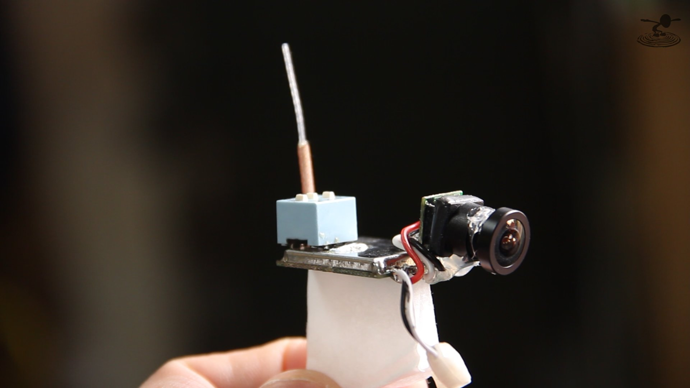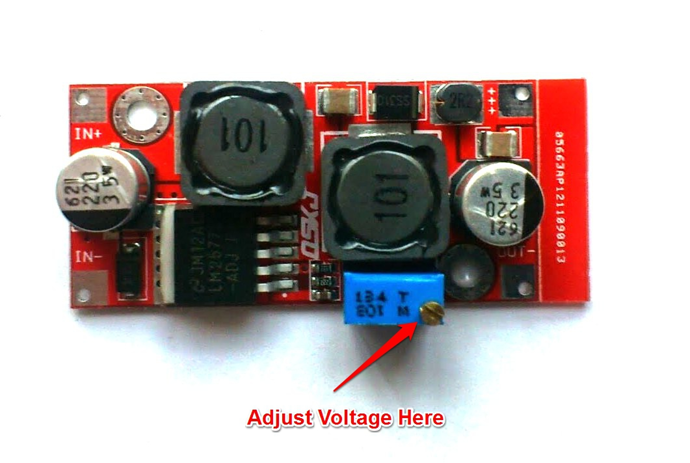Will my FPV equipment work with my FPV transmitter?
Its important to make sure your FPV transmitter is compatible with your FPV reciever, goggles or monitor. Often certain brands will use specific frequency bands to try force you to stick with using their FPV equipment. However the most importnat thing is to check that there are compatible channels between your FPV transmitter and receiver, so that they can both run on exactly the same frequency. However with today’s 40CH transmitters, are literally compatible with all FPV receivers,goggles and monitors.
Power Levels
Its a common misinterpretation that if you double the output power of your transmitter, you will get double the range. Unfortunately this is not the case, the power to range function follows the inverse square rule. So if you double the power, you only get a quarter extra range. If you are looking to get the most range out of your FPV system, its best to focus on using the best possible antennas on your transmitter, and high gain antennas on your FPV receiver.
What power level can I use legally?
There are some regulations as to what frequencies and power levels you can use. Currently in the UK, and most of Europe we are limited to just 25mW of power with our FPV transmitters. Despite this you will find numerous FPV transmitters with much higher power levels for sale, in USA 200mW is quite common. It is possible to use higher power transmitters, but this will often require you obtain permission from OFCOM and you will also need an amateur radio licence.
Although at the time this is accurate to the best of my knowledge, its important that you check the regulations yourself before using any FPV equipment.
Update: THanks to @CF-FZG for pointing this out… [quote=“CF-FZG, post:10, topic:1470”]
“There is a belief that the use of higher power equipment can be authorised by applying for an Amateur Radio licence. This is wrong. Amateur Radio licence expressly prohibits use in any aircraft or airborne vehicle. This restriction is not relaxed for, radio-controlled models, aeroplanes and balloons.”
[/quote]
That said it is not uncommon for drone pilots to use more powerful FPV transmitters here in the UK such as 200mW. Although technically its not allowed if you are in open field away from built up areas you will not cause any extra interference with anything on 5.8GHz so no one will ever notice. To date I am yet to see anyone being prosecuted for using more poewrfull FPV systems. However its always best to stick to the rules and only use 25mW FPV systems.
Power Requirements
When I say power requirements, i am talking about the voltage, and not the video transmission power. When buying a FPV transmitter its a good idea to double check that its supports the voltage of your flight battery. So if your FPV transmitter run on a maximum of 12V, you cant connect it directly to your 4S LiPo battery directly. If your FPV system uses a lower voltage you can always use a voltage regulator to control the voltage supplied to your FPV gear. Other things to consider is using an LC filter to ensure your system has a smooth power supply to ensure the best performance of your FPV gear.

